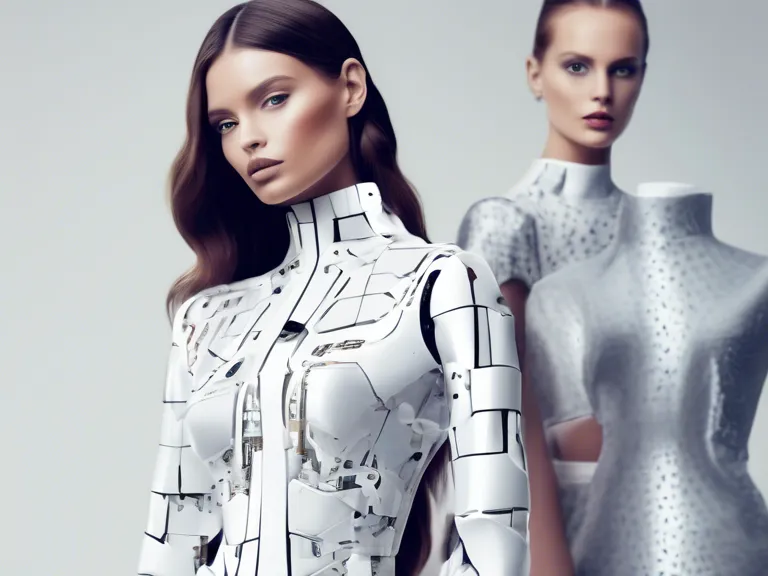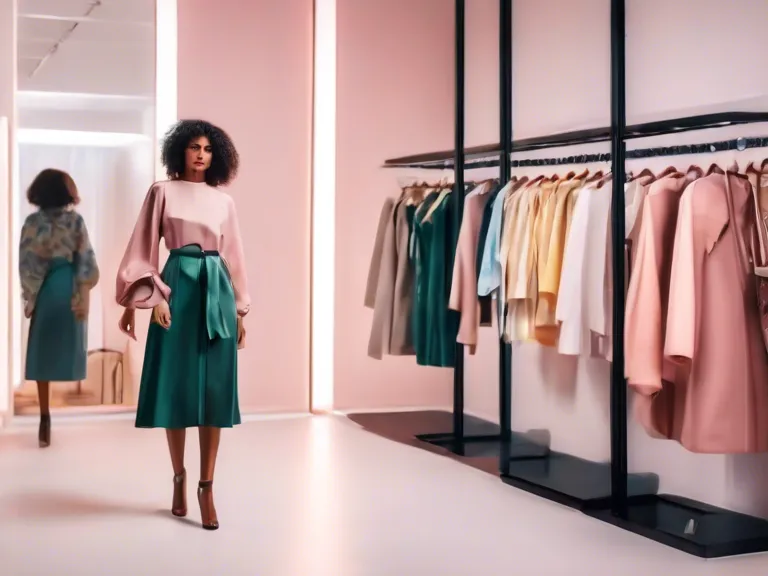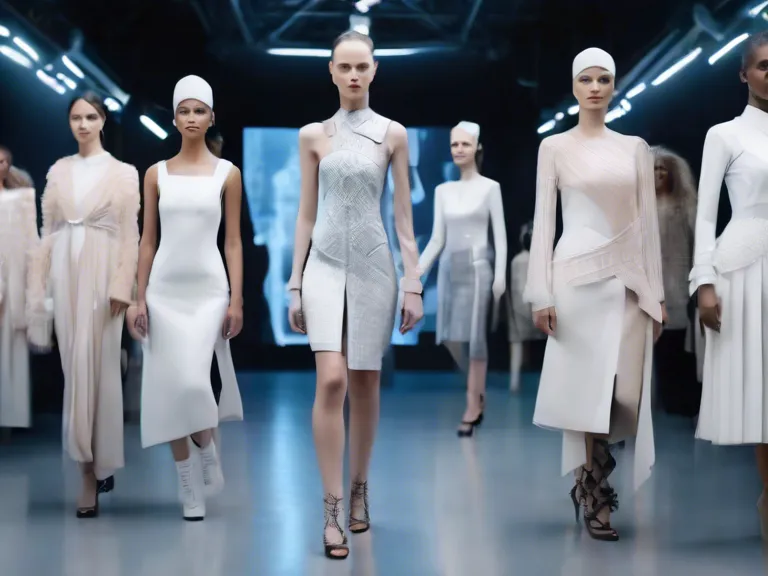
Predictive Trends: How AI is Shaping the Future of Fashion Forecasting
Artificial Intelligence (AI) is revolutionizing the fashion industry, particularly in the field of trend forecasting. Gone are the days of relying solely on human intuition and experience to predict upcoming styles and preferences. AI-driven algorithms are now analyzing vast amounts of data, from social media trends to runway shows, to predict future fashion trends with astonishing accuracy.
One of the key advantages of using AI for fashion forecasting is its ability to process and analyze data much faster than humans. By studying patterns and relationships within the data, AI can identify emerging trends and consumer behaviors that might have been overlooked by traditional methods. This allows designers, retailers, and fashion influencers to stay ahead of the curve and make informed decisions about their product offerings.
The use of AI in fashion forecasting also allows for more personalized recommendations and tailored marketing strategies. By analyzing individual preferences and shopping habits, AI algorithms can help companies create targeted campaigns that resonate with their target audience. This level of personalization not only enhances the customer experience but also drives sales and brand loyalty.
Furthermore, AI can help reduce waste and optimize production processes by predicting demand more accurately. By analyzing historical sales data and consumer behavior, AI can help companies forecast inventory needs more efficiently, reducing excess stock and minimizing the risk of overproduction. This not only benefits the bottom line but also contributes to sustainability efforts within the fashion industry.
In conclusion, AI is fundamentally changing the way fashion forecasting is done. By leveraging the power of AI algorithms, companies can gain deeper insights into consumer preferences, make more informed decisions, and ultimately stay competitive in an ever-evolving market. As technology continues to advance, we can expect AI to play an even larger role in shaping the future of fashion forecasting.


